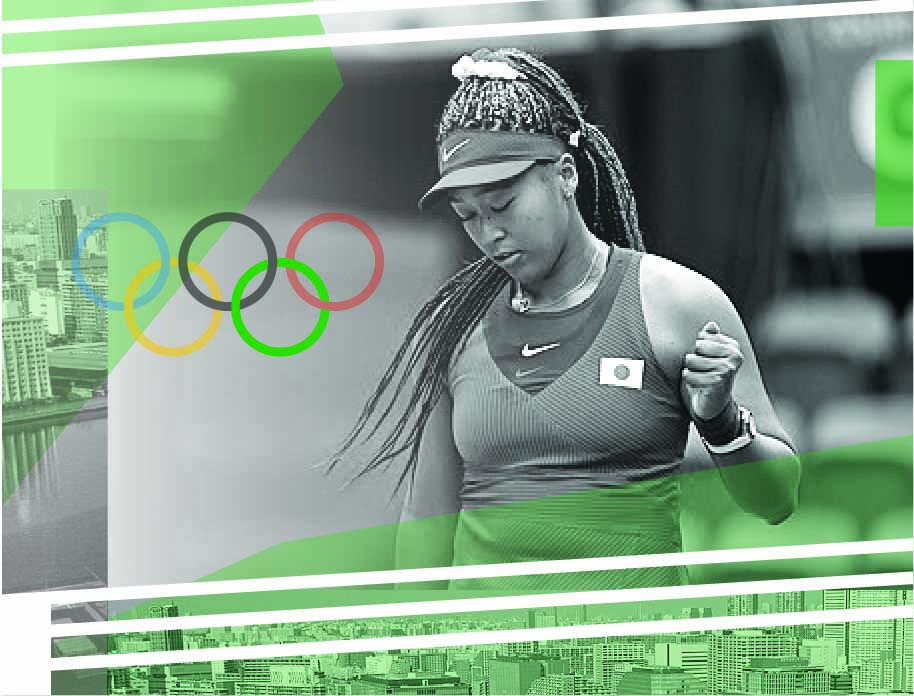
Prof Adolfo Gracia Vázquez
Professor of Media and Communication and head of the Open University and Distance Education Division at the Faculty of Political and Social Sciences of the National Autonomous University of Mexico (UNAM). His research is focused on esports, massive multiplayer online video games and digital culture.

- The Tokyo 2020 Olympic Games: British imperial identity affirmed
- How much is too much home-nation focus in Olympic coverage?
- South Korea’s changing status and perspective on Japan
- National and ethnic Chinese identities on the Indonesian badminton court
- The Men’s 1500 metres: Not quite erasing the ghosts of history
- Home advantage in the Summer Olympic Games: evidence from Tokyo 2020 and prospects for Paris 2024
- Historical disputes, national identity, and the South Korea-Japan summit that did not happen
- Sports betting and the branded purity of the Olympics
- Communicating corporate social responsibility at the Tokyo 2020 Olympic Games
- Silence in the stands: Does it matter for fans?
- Fans as MVP, or the need for sensuous audiences in sport
- Red, white, and rivalry: A brief discussion of United States rivalry at the Tokyo Olympic Games
- Empty stadiums and the other sites of Olympic fandom
- Fans as MVP, or the need for sensuous audiences in sport
- Red, White, and Rivalry: A Brief Discussion of United States Rivalry at the Tokyo Olympic Games: Olympic and Paralympic Analysis 2020: Media, Fans and the Politics of Sport
- Empty stadiums and the other sites of Olympic fandom
- At the intersection of COVID-19 and Tokyo Olympics 2020: Vlogs and the expression of Chinese nationalist sentiments
At the end of the Olympic Games in Rio, Japan’s prime minister Shinzo Abe surprised the world with the promotional video of the Olympic Games in Tokyo 2020. We saw sports combined with beloved characters from one of Japan’s most important cultural exports manga, anime, and videogames. This mash represents perhaps one of the greatest achievements of the Cool Japan initiative, that uses Japan’s creative industry product and pop culture as a diplomatic means to promote the country’s image.
The use of Japan’s pop culture beloved characters as ambassadors for the Olympic Games resonate with Tokyo’s younger audiences that have grown in a highly mediatized environment where manga, anime and videogame consumption are wide spread. This was further applied with the use of references to these media products, for example, the athletes parading with music from different videogames, creating a deeper engagement with the audiences. This promotional strategy takes advantage of the fan culture around these products, where consumers appropriate and remix the cultural products to create new and meaningful products, thus increasing the visibility of both the Olympic Games and Japan’s pop culture.
It is also worth noting that athletes can also be fans and engage in the practices of fan culture. Throughout the Olympics, the appropriation and remediation of pop culture was also applied to sporting events. For example, Mexican gymnast Alexa Moreno used the soundtrack from Demon Slayer, a popular anime, for her floor routine, prompting a positive social media response. Other examples include references to anime characters or franchises, like the Uzbekistan gymnastic team wearing uniforms referencing Sailor Moon, Noah Lyles using Goku’s famous “Kamehameha” to celebrate his bronze medal, and Payton Otterdahl’s imitation of One Piece character Franky’s super pose that prompted a tweet response from the anime staff. Use of an anime by an athlete attracts media attention, which in turn brings fans of these cultural products to the Olympics and reinforces the engagement loop and increases the visibility of Japan’s pop culture to non-connoisseurs.
The visibility of manga, anime and videogames, their relationship with the Tokyo Olympics and the potential to engage with younger demographics that form a fan culture around them; prompt brands to use the aesthetics of these cultural products to create advertising. Brands like Toyota used the general aesthetic of anime to create an ad featuring Mexican gymnast Alexa Moreno. While Google created an Olympic-themed doodle in a videogame that allows players to participate in different sporting events. The videogame uses the classic elements of Japanese Role-Playing Games (JRPGs), a popular genre that includes videogames like Pokémon and Final Fantasy. This branding strategy allows the companies to combine elements that are relevant to their targeted audiences with a global event, attracting both media and fan attention.
Japan’s use of their cultural heritage to promote the Tokyo’s Olympic Games included not only traditional culture but also all the pop culture products that the country exports. This strategy allowed them to show and promote the nation’s cultural identity abroad by directly advertising their creative industries products, via the use of manga, anime, and videogame characters as brand ambassadors or by using references to these products. It also allowed them to harness the fan culture of younger demographics that have emotional attachments to Japan’s pop culture products, creating engagement in different social media and expectation for the Olympic Games. Athletes, who are also part of the fan culture, through their references to these products show the importance of Japanese pop culture and its influence around the world. All of these generate media attention solidifying and validating Japan’s pop culture with the people that are already engaged with it and creates visibility for these cultural products worldwide; thus, further promoting Japan’s cultural image and influence.

